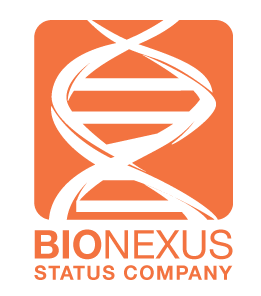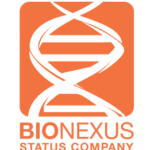TECHNOLOGY - METHODOLOGY
MERISTEM CULTURE TECHNIQUE

DIRECT ORGANOGENESIS

CALLUS INDUCTION

Callus induction of the plant tissue method, allows the R&D team to regenerate and multiply the explants in an alternative way. The explants form tissue clump, i.e, callus through auxin and cytokinin stimulation in culture media and adjustment of certain external factors. From the clump structure, the callus then separates and converts to buds, shoots, and eventually roots to be plantlets by manipulating the different stages of culture media and treatments.
Gain Green Development applies bioreactor on certain species’ micropropagation. The immersion and semi-immersion liquid culture system allow a larger number of explants to be produced in single culture cycle. The liquid medium agitated with filtered aeration increases the absorption of the explants nutrients. Compared to conventional solid medium culture, this method stimulates explants growth and multiplication rate within a shorter period.
DNA IDENTIFICATION
DNA identification is also being performed. The identification process is implemented at the R&D lab for the true original species determination. The results obtained serve as the reference for our decision regarding further action toward the target plant.
To assure explants quality and eliminate contamination, bacteria and fungus identification is performed when persistent contamination is discovered in a particular culture. The targeted antimicrobial treatment is being applied to eliminate the contaminant in the culture and cut off the source of spreading.



